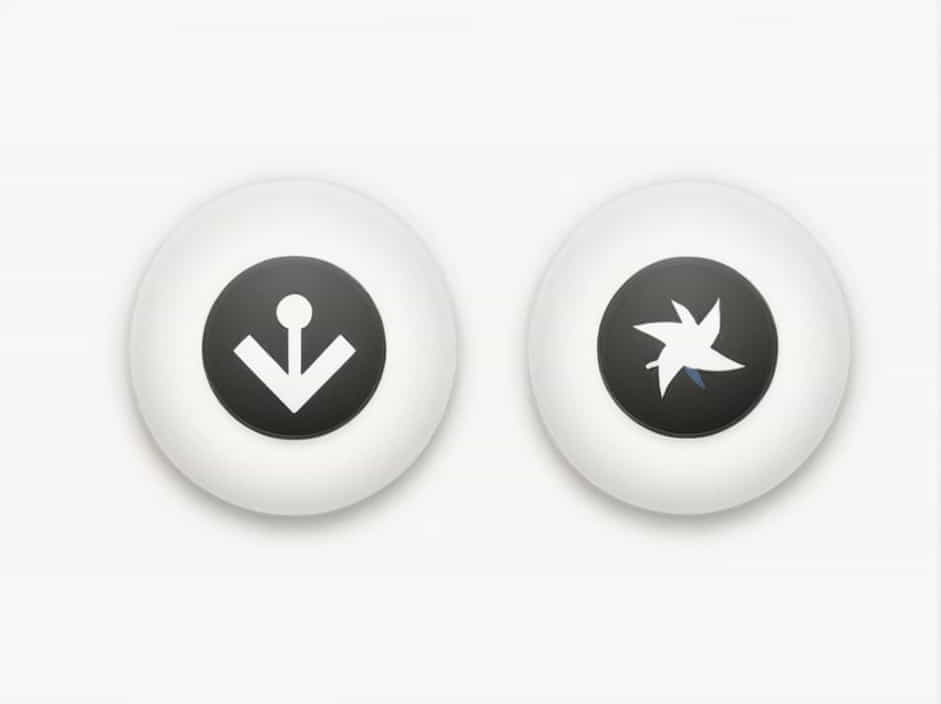The ability to compare and contrast is an essential skill in writing, critical thinking, and analysis. Whether in academic settings, decision-making, or everyday problem-solving, understanding the differences and similarities between two subjects helps in making informed judgments.
This topic explores the definition of compare and contrast, their key differences, and how they are applied in various fields, including education, business, and literature.
1. What Does Compare and Contrast Mean?
A. Definition of Compare
To compare means to examine two or more subjects to find similarities. It helps in identifying common features, functions, or qualities between different elements.
For example, when comparing apples and oranges, we might note that both are fruits, rich in vitamins, and commonly consumed as snacks.
B. Definition of Contrast
To contrast means to look at two or more subjects to identify differences. This technique highlights distinctions that make each element unique.
Using the same example, contrasting apples and oranges would focus on their differences: apples have smooth skin, while oranges have textured peels; apples can be red, green, or yellow, while oranges are typically orange in color.
C. Key Purpose of Compare and Contrast
The primary goal of comparing and contrasting is to analyze relationships between subjects to gain a better understanding of them. This technique is widely used in writing, decision-making, and research.
2. The Difference Between Compare and Contrast
While both terms involve examining multiple subjects, they focus on different aspects:
| Feature | Compare | Contrast |
|---|---|---|
| Focus | Similarities | Differences |
| Purpose | Find common characteristics | Highlight unique traits |
| Example | Both cars and bicycles provide transportation | A car runs on fuel, while a bicycle requires pedaling |
Understanding this distinction helps in structuring arguments, making comparisons, and drawing conclusions in various contexts.
3. Why Is Comparing and Contrasting Important?
A. Improves Critical Thinking
By analyzing similarities and differences, individuals can evaluate options and make better decisions.
B. Enhances Writing and Communication Skills
Writers often use compare and contrast techniques to explain complex topics in a clear and structured way.
C. Aids Decision-Making
In business and personal life, comparing and contrasting products, services, or opportunities helps in choosing the best option.
D. Strengthens Academic Performance
Students use compare and contrast skills in essays, discussions, and research papers to develop strong analytical abilities.
4. Applications of Compare and Contrast in Different Fields
A. In Education
Teachers use compare and contrast strategies to help students understand concepts. For example:
- Comparing fiction vs. nonfiction books.
- Contrasting historical events from different time periods.
B. In Business and Marketing
Companies compare and contrast products to highlight advantages over competitors. Example:
- A smartphone company may compare battery life, camera quality, and price against its competitors.
C. In Literature and Writing
Authors use compare and contrast techniques to develop characters, themes, and narratives.
- Example: Comparing the personalities of two protagonists in a novel.
D. In Science and Research
Scientists compare and contrast data to analyze trends, test hypotheses, and draw conclusions.
- Example: Comparing the effects of two medicines on a disease.
5. How to Write a Compare and Contrast Essay
A. Choose Two Subjects
Select two subjects that have both similarities and differences.
B. Identify Key Points for Comparison and Contrast
List similarities and differences, then organize them into categories.
C. Use the Right Structure
There are two common structures:
- Point-by-Point Method – Discuss one aspect at a time (e.g., size, function, price).
- Block Method – Describe all similarities first, then all differences.
D. Use Transitional Words
Words like similarly, likewise, on the other hand, however, in contrast help in smoothly transitioning between ideas.
E. Conclude with Key Findings
Summarize the main points and explain what can be learned from the comparison.
6. Common Mistakes to Avoid When Comparing and Contrasting
A. Choosing Subjects That Are Too Different
Ensure the subjects have some points of comparison to make the discussion meaningful.
B. Listing Similarities and Differences Without Analysis
Instead of just mentioning traits, explain why the similarities or differences matter.
C. Ignoring a Clear Structure
Using a logical format makes the comparison easier to understand.
D. Lack of Strong Conclusion
Summarizing findings and providing insights strengthens the overall analysis.
7. Examples of Compare and Contrast Topics
A. Everyday Life
- Coffee vs. Tea
- Online Shopping vs. In-Store Shopping
B. Technology
- Android vs. iOS
- Laptops vs. Tablets
C. Literature and Arts
- Shakespeare vs. Modern Playwrights
- Digital Art vs. Traditional Art
D. Science and Nature
- Solar Power vs. Wind Power
- Herbivores vs. Carnivores
These examples show how compare and contrast techniques apply to different subjects in everyday situations.
The concepts of compare and contrast are essential in analytical thinking, writing, and decision-making. While comparing highlights similarities, contrasting focuses on differences. Understanding how to effectively compare and contrast improves problem-solving skills, enhances academic writing, and supports informed choices in various aspects of life.
By applying these techniques, individuals can develop stronger reasoning skills, communicate ideas effectively, and make well-informed decisions in both personal and professional settings.
